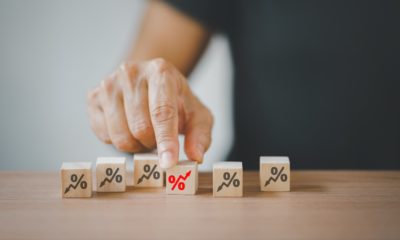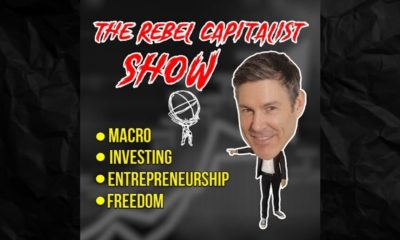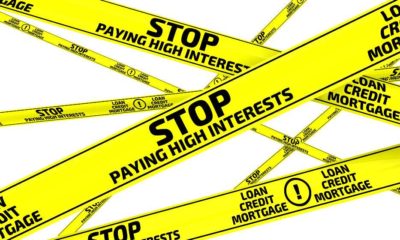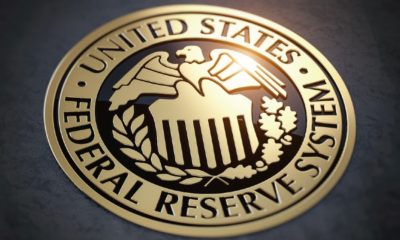Economy
Fed Won’t Budge on Rates
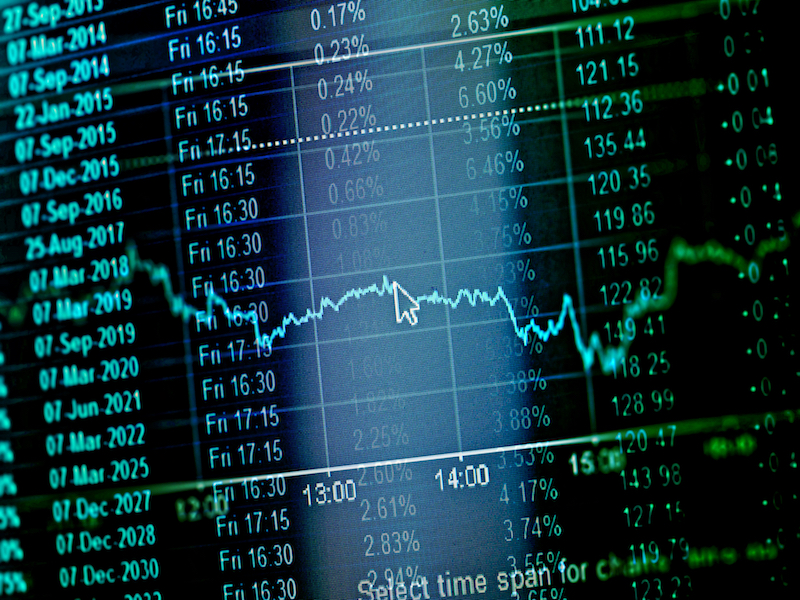
Meeting in Washington on Wednesday afternoon, Chairwoman of the Fed – Janet Yellen along with a select team of others on the Open Market Committee made the announcement that federal interest rates would remain unchanged from their current range of 0.25% – 0.5%.
Recent History Of Interest Rate Levels
Since setting a record interest level of 0% almost nine years ago in a bid to recover the economy after the financial meltdown of 2008 (spurred on by the domino effect of the sub-prime mortgage bubble collapsing amongst others), the US has seen positive growth in the both the job and property markets, as well as an egregious Wall Street bull market emerge.
The Central Bank had taken initial steps to raise the rates by 0.25% to taper growth as the fallout from the crisis appeared to have dissipated, after initially planning to gradually hike the interest rate up.
However, more recently, the Fed have had to opt to take a measured approach in assessing the impact a sudden rise might have on the economic situation in the US as external factors have caused extreme volatility in the global financial markets.
Several senior officials have come forward to state on record that they believe a “too-fast” hike in price could result in stagnation or outright reversal of the current recovery. Given the choice between sabotaging recent growth by raising rates too early and causing panic, or having to wait and quicken the pace of increase later, it is clear that opinion is swayed towards the latter.
As many economists and speculators had predicted, the potential interest rate rise on Wednesday once again failed to materialize with the current gloomy economic climate being one major reason cited. Indeed, the day of the Federal Reserve statement coincided with the stock market’s single biggest 24-hour loss in points since the crash of 2008.
In A Mixed Bag Of Recovery, The Fed Opts For Cautious Moderation
Perhaps quite tellingly, whereas the Federal Reserve had previously acknowledged there were significant risks to the US economy when it came to discussing recent developments in the global economic climate, its statement on Wednesday’s meeting adopted a more subdued tone – only tacitly alluding to the fact that the situation was being monitored.
In their statement, the Fed posited that this year’s growth had been slower than usual and despite a strong market for jobs the inflation rates have remained lower than the target of 2% set by them.
Some of the contributing factors that have played a part in keeping these figures low
- Slashed crude oil prices
- Economic downturn in China
- Strengthened dollar
Although the figures relating to the US income, labor market conditions, and the employment landscape have picked up pace, and it has been noted consumer morale is positive, consumer spending is not up. Exports were weak overall, and many major sectors such as the manufacturing industry have suffered collateral burns from the side effects of the recent global volatility.
Future Predictions On The Interest Rate Rises
Officials have been predicting a rise in interest rates both in June and December of this year, previously leading a majority of economists to theorize this is a likely outcome.
However, a growing number of speculators and investors amidst the turbulent financial and economic conditions worldwide, as well as the disappointing released GDP growth figures, have now adopted the view that an interest hike might not happen until close to the end of the year, with some theorizing we might not see an increase at all.
[buffet_recommended]
What Unchanged Interest Rates Means For Individuals, Consumers, And Businesses
Although the news has yet to be “priced in” fully, in theory, this is good news for borrowers, but bad for savers. As interest rates remain low borrowing (and spending) should be more attractive to individual consumers or businesses.
The side-effect of low-interest rates is of course that the yield or interest rates on savings or investments such as fixed income units will also remain low. Interestingly, despite the low-interest rates, GDP figures also shine a light on the fact that whilst consumer/ business spending habits are down, savings habits are up.
Economy Growth Figures Support The Need For Caution In Interest Rate Adjustments
Many economists had predicted the economy (in the form of GDP growth) would rise by a minuscule 0.6% – a sharp decline from 2015's fourth quarter advancement of 1.4%.
Actual figures published on 28th March paint an even gloomier picture of the situation. Exports have further decreased, overall investment numbers are down, and despite an increase in personal income, consumer spending habits (largely in the form of household spending) have stagnated.
All in all the numbers posted by the US Department of Commerce demonstrate the slowest recorded growth in two years of just 0.5%, casting doubt over whether the longevity of the US's positive recovery after the 2008 crisis can be sustained.

